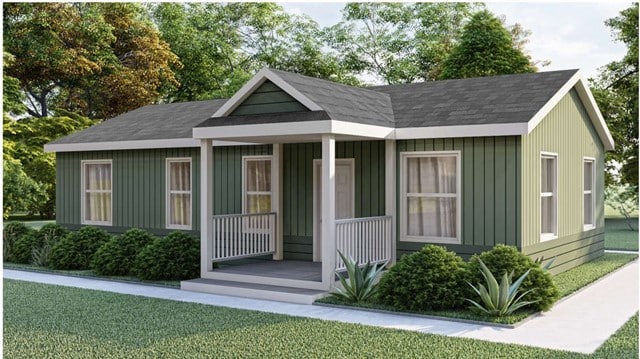In Southern California, accessory dwelling units (ADUs) have become more and more popular in recent years. ADUs are smaller dwellings that are constructed on the same piece of property as a primary residence. They are also known as granny flats or in-law units. These spaces can be rented out, used as a home for aging parents or adult children, or even as a place to run a home office.
In Southern California, the ADU trend is being fueled by a number of factors, including the need for multigenerational housing, the high cost of housing, and the lack of more affordable rental options. In this article, we will explore the benefits and drawbacks of ADUs, as well as the building regulations and zoning laws in Southern California that apply to them.
Benefits of ADUs
- The potential for rental income is one of the main advantages of ADUs. ADUs are a wise financial investment because the homeowner can rent them out to make extra money.
- ADUs can help families stay together while still maintaining their independence by offering a place for elderly parents or adult children to live. This multigenerational living situation can be advantageous for both the older and younger generations, giving everyone a sense of security and support.
- ADUs can offer more affordable rental options, which is another advantage. For renters who might not be able to afford to buy or rent a larger home, ADUs can be a more affordable option.
Drawbacks of ADUs
- The cost of construction is one of the main issues with ADUs. The cost of creating an ADU may necessitate the homeowner taking out a loan or mortgage.
- The strict zoning regulations and building codes that must be followed are other disadvantages of ADUs. These rules may limit the ADU’s size and location as well as add complexity and time to the construction process.
- The number of parking spaces that must be provided for an ADU in some cities is strictly regulated, so homeowners must be aware of these requirements as well.
Navigating the Building Regulations and Zoning Laws for ADUs in Southern California
ADU in Southern California, ADUs must adhere to the same zoning laws and building codes as primary residences. Homeowners must obtain all necessary permits and pass inspections before they can begin building an ADU.
In addition, Southern California has laws and regulations on the books regarding the size and location of ADUs. For example, ADUs in Los Angeles must be no more than 1,200 square feet and must be located on the same property as the primary residence. San Diego also has regulations for ADUs, but with different size limits and parking requirements.
It is important for homeowners to research the building regulations and zoning laws in their specific city or county before building an ADU, as they can vary greatly.
Conclusion
Due to a number of factors, including the high cost of housing, the desire for multigenerational living, and the need for more affordable rental options, ADUs have become an increasingly popular trend adu in Southern California. While creating an ADU can have financial advantages and provide a place for aging parents or adult children to live, it also has its share of drawbacks, including high construction costs, strict zoning regulations, and parking requirements. To ensure compliance and benefit from all the advantages of having an ADU, homeowners should research the zoning and building laws in their particular city or county before building an ADU.


